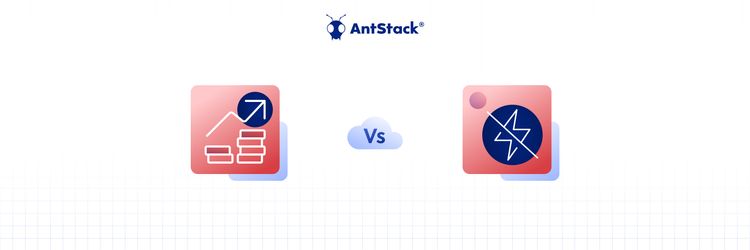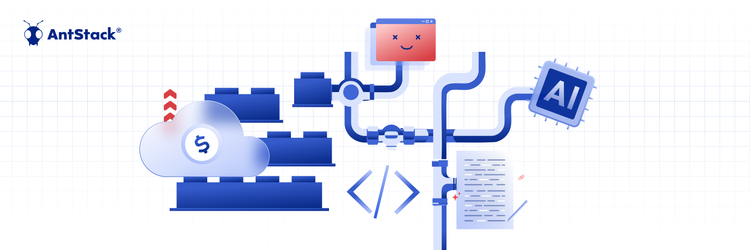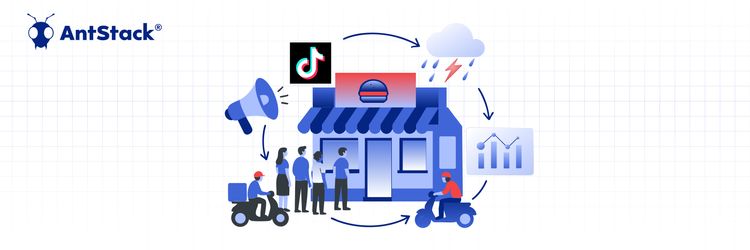Since the inception of cloud computing, there have been a bunch of back-and-forth evolutions in the sector. In recent years, the motivation factor has helped cement the next cloud computing sector. Serverless computing happens to be the rising trend in the cloud computing sector. It provides a bunch of benefits to the companies that regular server-based companies fail to provide. Some of these benefits include reduced costs, improved scalability, and enhanced performance. Serverless computing provides a suitable opportunity for developers to execute their code without server management.
Owing to their popularity, cloud service providers provide extra serverless computing options for the future. With the advancements in computing power, cloud service providers provide a bunch of services and capabilities, depending on the advanced research in machine learning, distributed computing, microservices, and different techniques and architectural patterns, which transform the fundamental way in which modern apps are created and operated.
Serverless is a part of the cloud computing evolution.
Serverless architecture happens to be an indispensable part of the cloud computing evolution, which is applicable to a certain area of development. The primary goal behind the developer community is to have a singular platform where they will be coding and releasing without worrying about the latest workloads, apps, activities, or embedded maintenance to release the latest apps. Serverless offers such frameworks to developers.
The on-demand access of serverless computing to different resources is facilitating smoother and quicker testing, along with quality assurance cycles. Such accessibility results in improved app development outcomes, thereby ensuring reliability and quality at a higher level.
Serverless models are becoming more popular.
Once the trend toward cloud migration continues, the app modernization will be able to reap the benefits of the native cloud services, which will lean into the latest serverless services and capabilities.
Cloud-native technologies like containers and serverless models have gained high popularity across specific public clouds. It allows quicker deployment and app development at scale. For specific business enterprises that are willing to innovate faster and overhaul the cloud infrastructure without spending an ample amount of money, cloud native app development happens to be the answer.
By choosing serverless computing, business enterprises depend on cloud service provider automation to outsource server management and systems. The primary benefit of choosing serverless computing is that the onerous and difficult tasks are known to be handled out of the box, which include patching, scaling, and security, to name a few. Once the serverless apps get charged on a pay-as-you-go basis, they are known to be affordable, specifically the apps with lower resource use.
But you need to keep in mind that not every app is suitable for serverless computing. In some cases, it will be more economical to adopt dedicated servers for the apps with consistent higher CPU and resource use. The administrators and developers need to adopt the patterns and habits to reap the full benefits of the tools. The primary advantage of serverless computing is that it will be an integral part of cloud computing over time.
Serverless computing offers a transformational shift in the way in which business enterprises interact with and perceive the specific cloud infrastructure. A primary reason why serverless computing is considered to be the future is because affordability, automatic scalability, and reduced overhead are all attractive to businesses. At its core, the serverless architecture decreases the need for developers and serverless companies in India to get entangled in server management.
Why is serverless architecture considered to be the future?
The serverless architecture is considered to be the future as it decreases the need for business enterprises to have dedicated staffs to different concepts, like upgrades, patching, service level agreements, systems administration, low-level performance tuning in the databases and operating systems, and system uptime.
The engineering teams are aimed at offering the latest user experiences and algorithms that offer value to businesses instead of spending a lot of time sustaining engineering.
The serverless architecture will improve the way in which apps are created and deployed within the cloud. The serverless architecture provides a bunch of benefits in terms of security. By removing the underlying infrastructure, the serverless platforms will decrease the attack surface, as they do not include the persistent servers for the targeting of the attackers. Such a transient nature assures that potential threats will not establish a constant foothold.
The cloud service providers will be managing and patching different serverless environments. It indicates that the specific underlying software is updated frequently to address different vulnerabilities without any developer intervention. It assures that the foundation platform becomes resistant to the known problems.
The serverless platforms focus on the fine-grained permissions. It provides the primary opportunity for the developers to apply the least privilege principle. Every function will be tailored specially, as it has the specific necessary permissions. Thus, it restricts the potential damage once a specific function is compromised.
Serverless computing is considered the future of cloud computing for a bunch of reasons. It happens to be a simple solution that provides a suitable option for developers and serverless companies in India to concentrate on code in place of infrastructure. Thus, it boosts the time to market, removing the vendor lock-in. In addition, it provides a bunch of benefits, such as developer efficiency, scalability, and unpredicted cost savings, thereby assuring that it is the promising future of cloud computing. Serverless computing provides the optimum choice to accomplish more secure operational tasks without overhead from regular infrastructure management.









